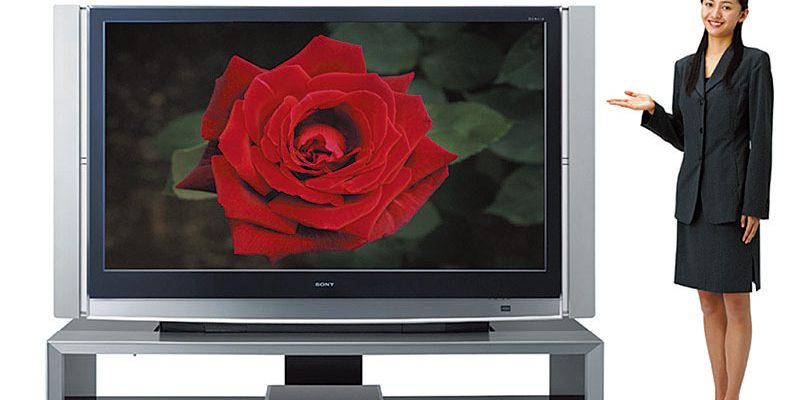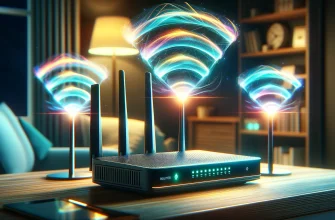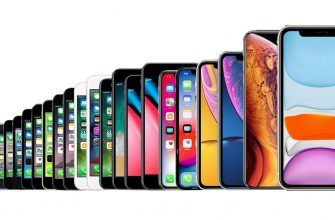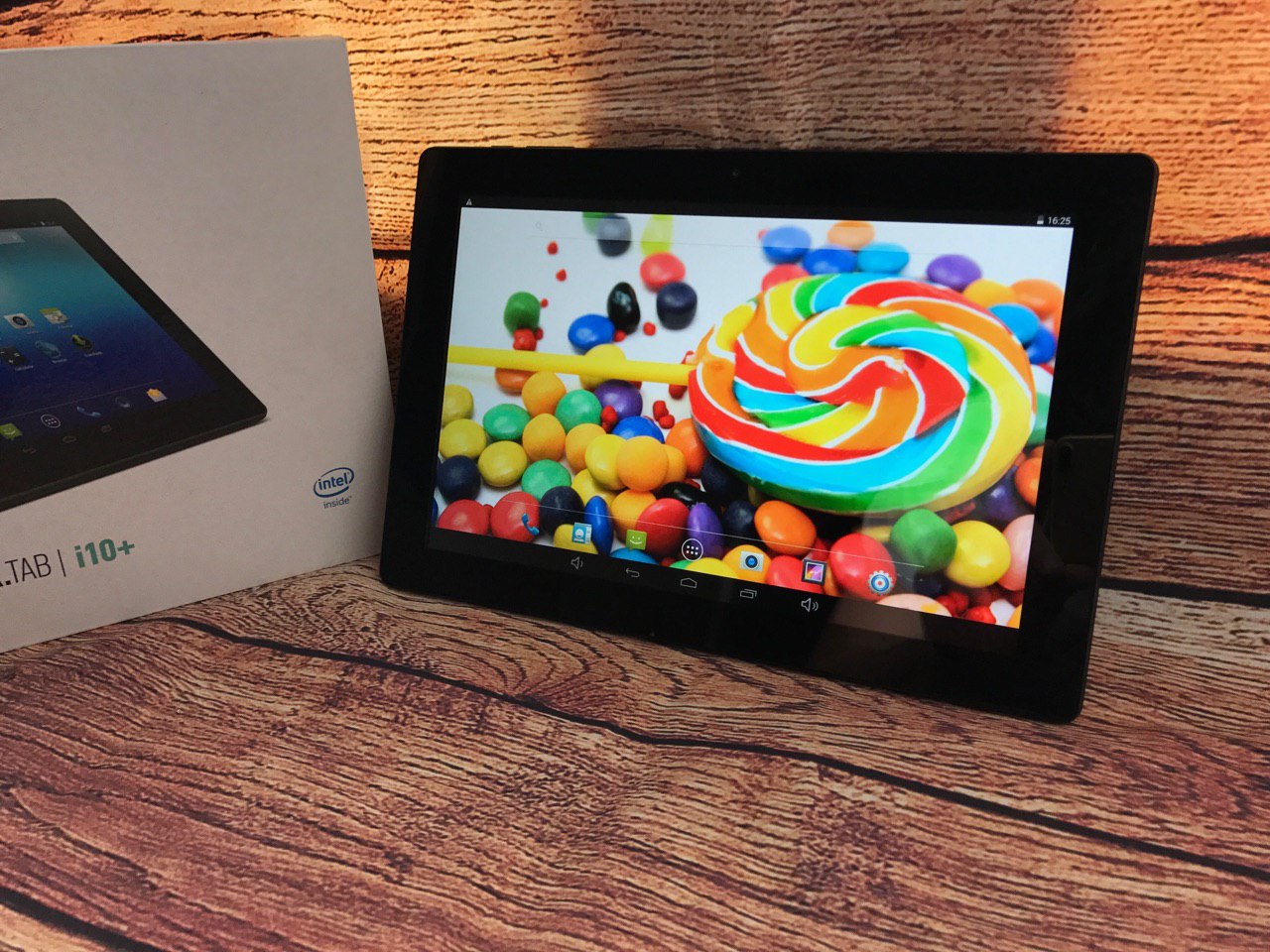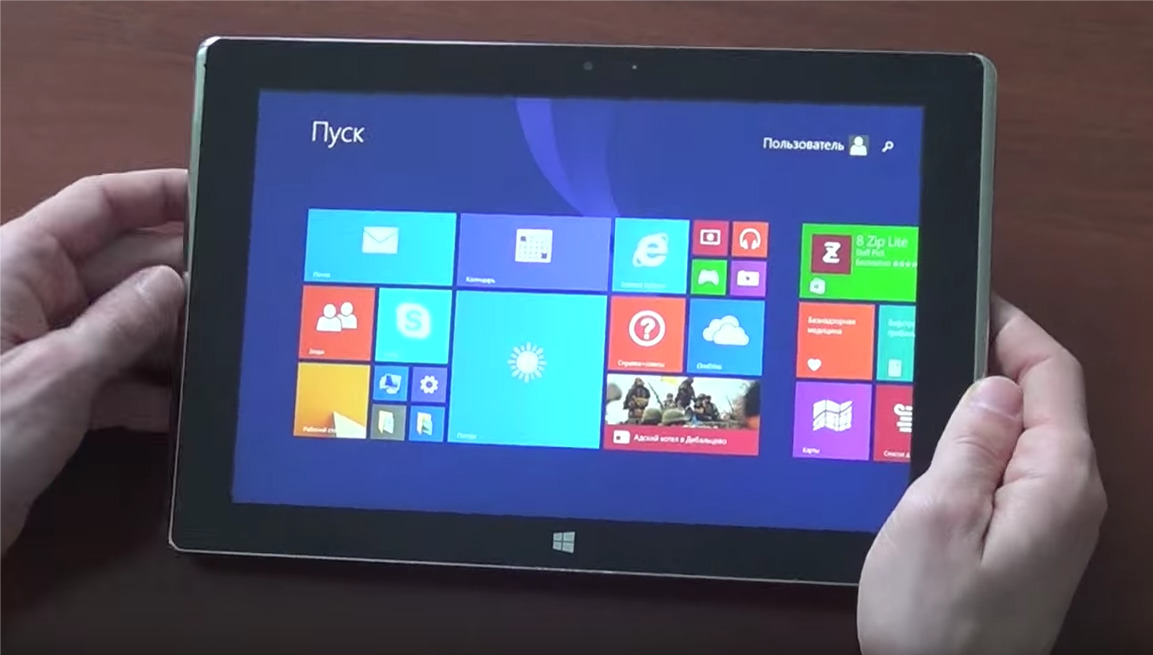Projection TV – is a device that creates a small image of very high brightness and then, using an optical system, enlarges (projects) it onto a translucent screen.
Advantages:
good scalability – the diagonal size of a translucent screen can be increased much more easily than increasing the size of LCD or plasma panels.
Flaws
The main ones disadvantages The disadvantages of such TVs are their large dimensions (thickness) and high operating costs.

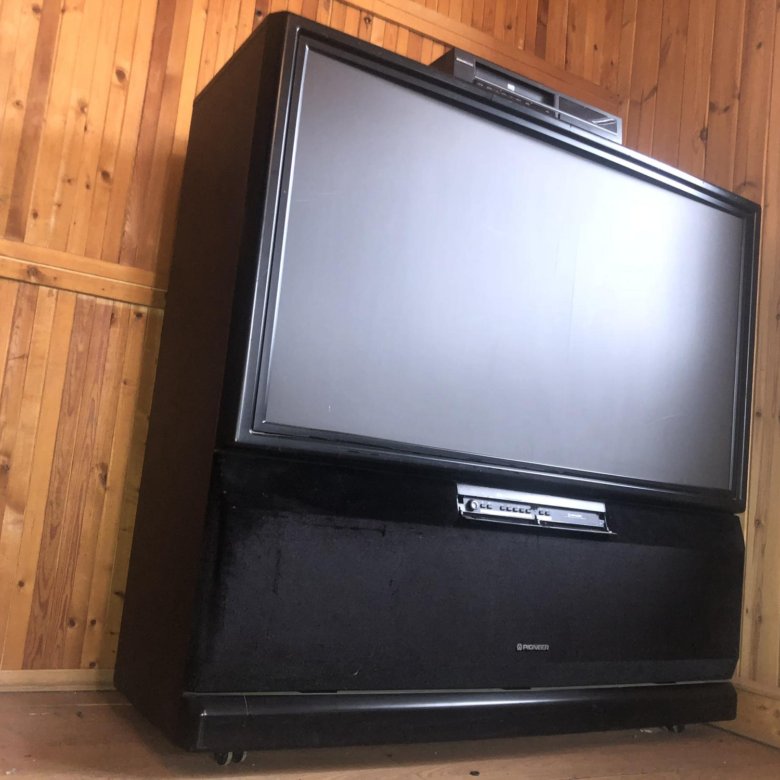
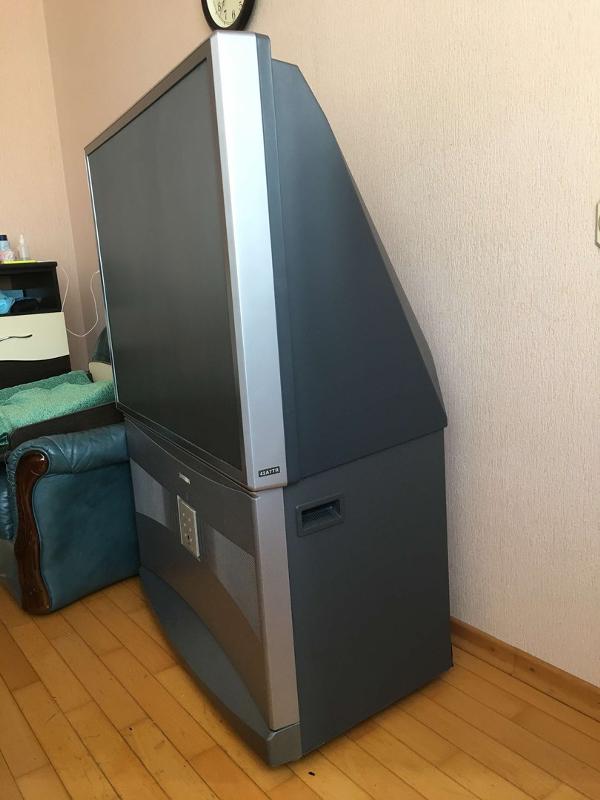
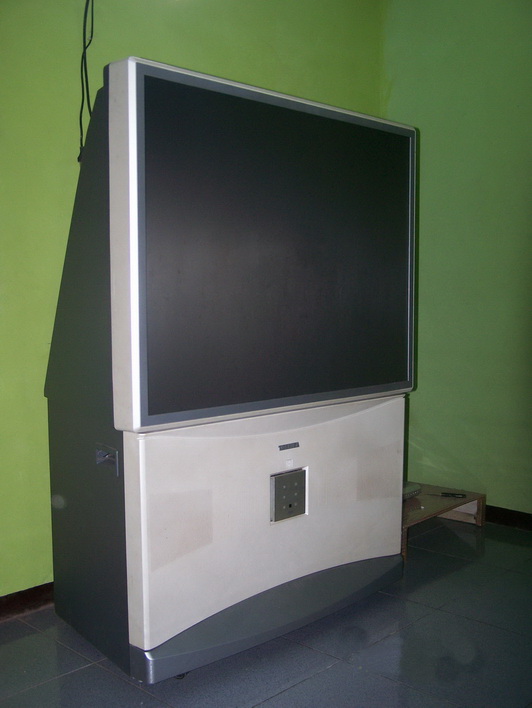
Special backlight lamps (metal halide ultra-high pressure) have a high price, which is sometimes comparable to the cost of a new plasma or LCD TV. During operation, they heat up very much and require special cooling (therefore they make noise). Their service life is also relatively short, up to 10,000 hours (usually 2000 - 5000). In addition, with a sudden power outage (respectively, loss of airflow and subsequent overheating), the service life is reduced much faster.
Operating principle
There are several types of projection televisions: on picture tubes (CRT), on liquid crystal display (LCD) matrices (including on a silicon substrate (LCoS - Liquid Crystal on Silicon)), with a micromirror device (DLP or DMD).

The first type of commercially available projection TVs were CRT TVs in the 1970s. Typically, such a TV contains 3 primary color CRTs. This type of TV was the first to surpass the 40-inch screen diagonal. The main disadvantages of such projection TVs are their very large size, weight, relatively low brightness (approximately 200 cd/m2), contrast and image clarity. Therefore, there are no relatively modern CRT projection televisions.
In projection TVs on LCD matrices, the image is formed as follows. Light from a special projector lamp passes through 3 matrices of primary RGB colors, or (less often) one three-color matrix (similar to a regular LCD TV). Then the image is projected onto the screen through an optical system. Unlike translucent LCD matrices, LCoS matrices reflect the light falling on them.
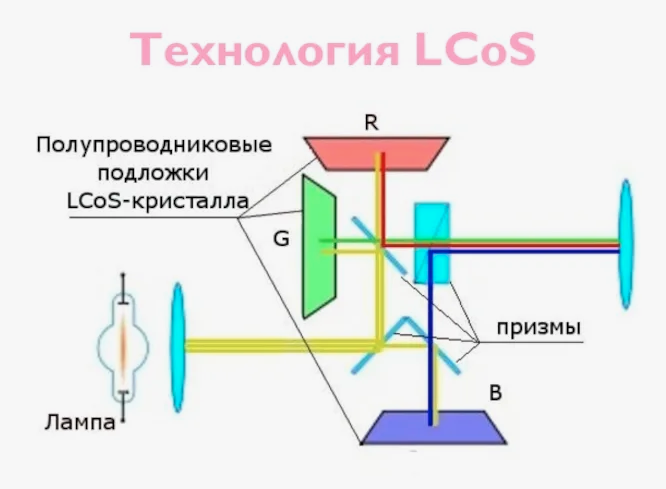
The first commercial TVs with LCoS matrices used a "color wheel" - a method where a full-color image is created by just one matrix by alternately projecting images of three primary colors onto the screen. However, later models began to use a system of dichroic mirrors to separate the light flux of the lamp, process it with three matrices, and then add the individual color fluxes with a special prism. In particular, such a system was used in JVC D-ILA (Direct Drive Image Light Amplifier) series projection TVs and Sony SXRD (Silicon X-tal Reflective Display) series TVs. The advantage of LCoS over translucent LCD matrices is increased contrast and image clarity, higher quality of gradient display.
The basis of DLP projection TVs is Digital Micromirror Device (DMD). The surface of the DMD chip consists of a matrix of microminiature high-precision mirrors. Each aluminum mirror is responsible for one pixel on the screen and can rotate on an axis so that in one position it reflects the lamp light onto the screen (white pixel), and in another position the light is reflected away from the screen (black pixel). To transmit halftones, a very fast alternation of the "on" and "off" positions of the mirrors is used. Both electrodes that control the mirror are connected to static memory cells (SRAM) located under each mirror. Similar to LCD and LCoS, projection TVs can have one or three DMD chips. In the first case, the "color wheel" is responsible for the color, in the second case, a system of mirrors and prisms that divides and then sums the light flux.
The main advantage of single-matrix LCoS and DLP TVs is their price. However, single-matrix DLP TVs may in some cases have image artifacts known as the "rainbow effect." They can be described as brief flashes of red, green, and blue "shadows" following an object. This effect is most pronounced in high-contrast scenes, when a bright object moves quickly against a dark background. The "rainbow effect" may also appear when the viewer's eyes move quickly across the screen. Three-matrix TVs do not have this drawback, but are significantly more expensive.
The peak of popularity of classic projection TVs has long passed. During their heyday, they successfully competed with other types of TVs, winning in size and price. But today, prices for large-screen LCD and plasma TVs have dropped to a completely acceptable level, and projection TVs have practically left the market.

